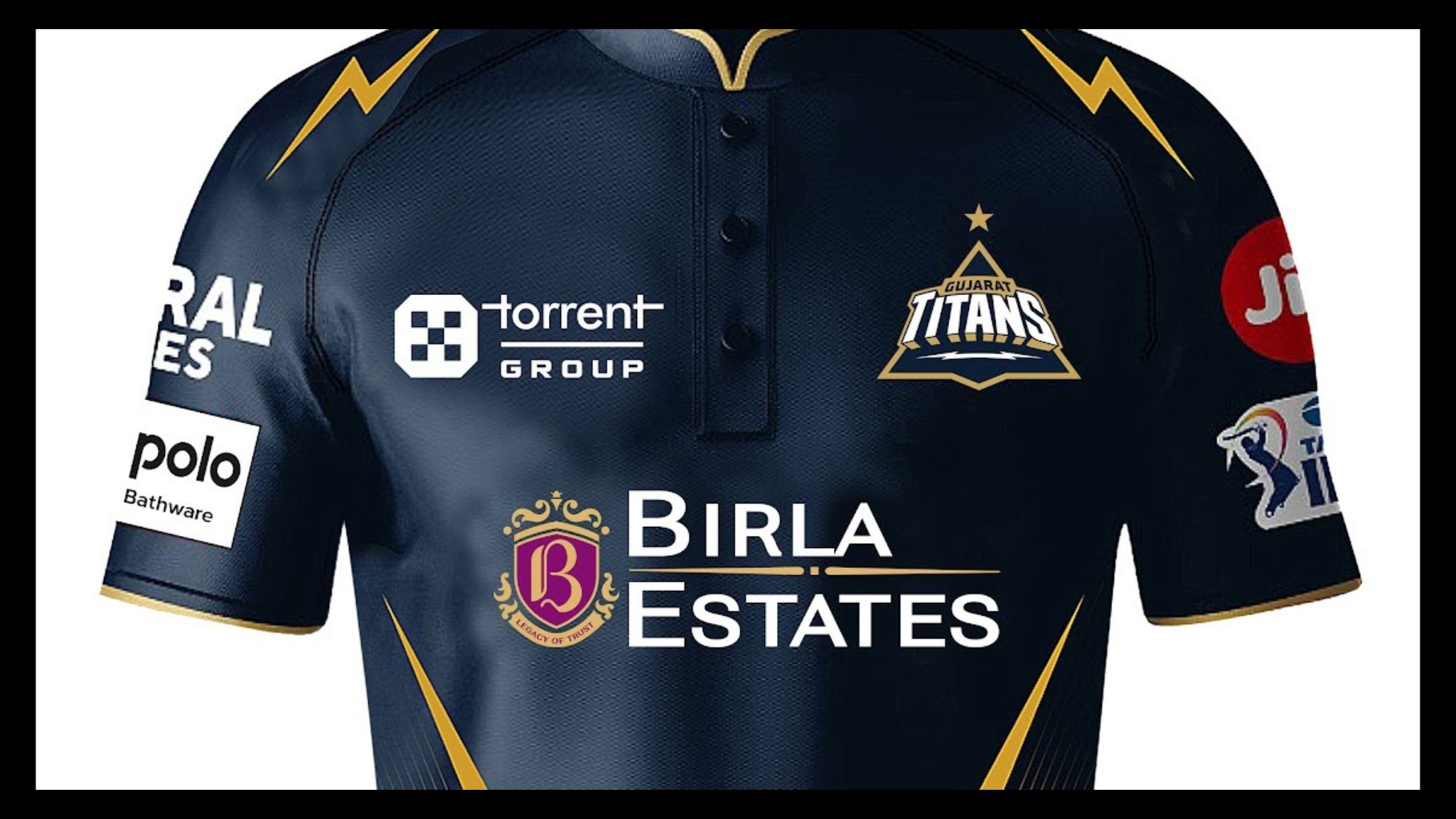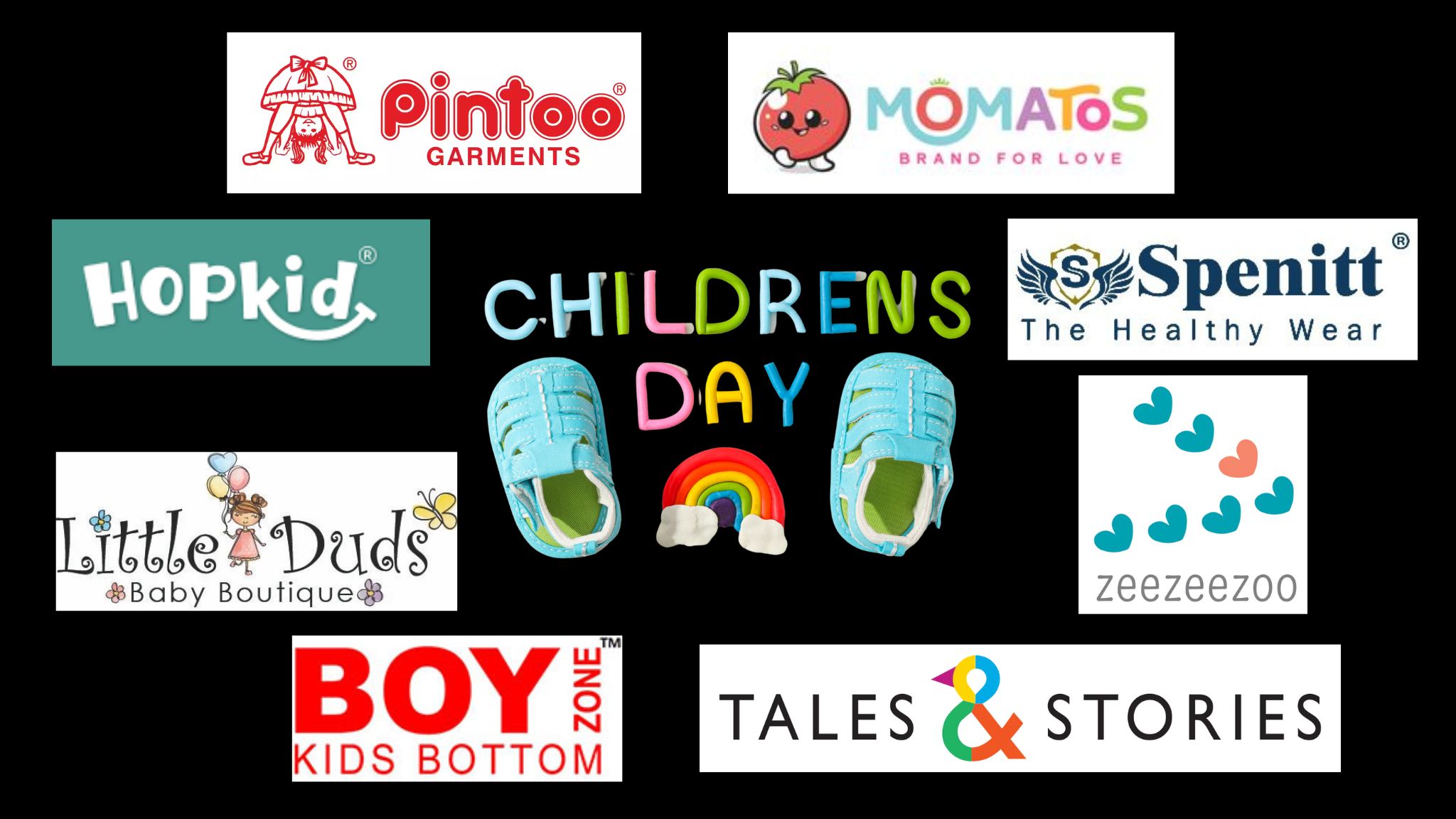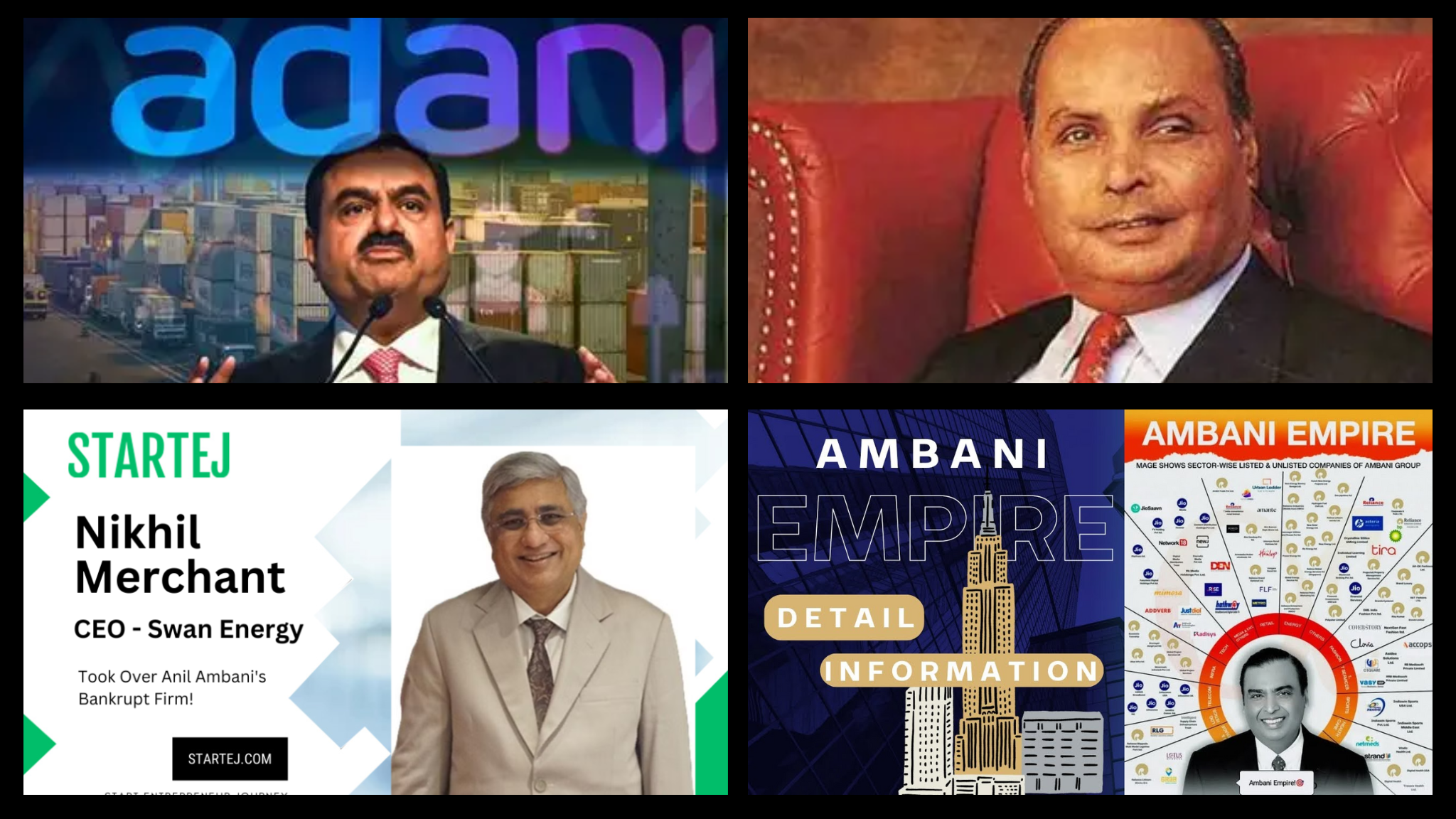National Chai Day is no longer only a cultural one. It has turned into a strong marketing and branding tool of tea companies, startups, and franchise chains in India. The day is used annually by major organized chai brands to promote with high visibility and launch new products. National Chai Day is celebrated in India each year on September 21. This day has become an annual landmark in the case of such brands as Tea Post, MBA Chaiwala, Rajwadi Chai, and in particular, homegrown competitors within the same brand like Wagh Bakri. These promotions usually involve package offers, offers and previews of future menus which attract a high foot traffic to both the physical stores and the websites.
In Gujarat, chai can be deeply integrated into the sphere of retail and hospitality. Thousand of so-called kitlis(roadside shops) and franchise locations are engaged in selling high-quality blends and novelarticle snacks. From celebrities to politicians, from friends to workers—chai is the one cup that unites India. A simple sip, yet a universal bond. We don’t just drink tea; we live tea. “Gujarat mā cha khali pānī ane patti nathī, ae to ek bhāvna chhe.”
Why Chai Deserves a Day—Gujarat’s Entrepreneurial Take
Gujarat Chai has risen as a roadside stall to be a business model that can be scaled as a business, with the entrepreneurial spirit of Gujarat. What was once a daily tradition has now grown into a booming business. Chai is no longer just a drink, it is a source of livelihood. Students are turning tea stalls into startups and building entrepreneurial dreams. Women are finding financial independence by stepping into the chai business. Former employees are restarting life by owning and running tea outlets. From roadside stalls to multi-storey cafés, chai retailing is highly organized. This shows how a cultural drink connects strongly with sharp business acumen. The presence of franchise boom led by such chains as Tea Post and Wagh Bakri identifies the possibility of Gujarat to spread chai beyond state boundaries and to the national and international markets. Chai has become an economic driver with very low capital requirements. It offers more innovative product blends and relies on strong, consistent branding. Its vibrant celebrations, like National Chai Day, highlight its cultural significance. It shows entrepreneurs how to stay disciplined and market their products effectively. Most importantly, it teaches the value of building trust and consumer loyalty.
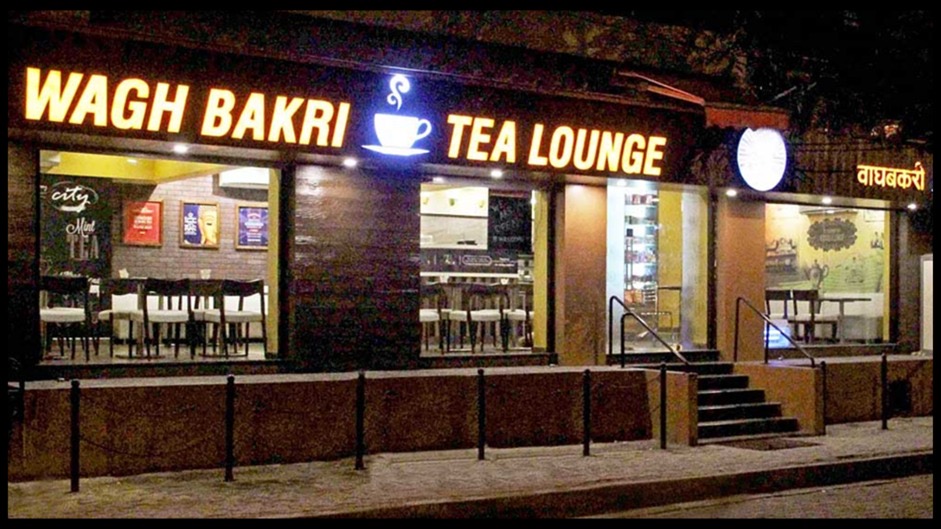
From Kitli to Brand: Gujarat’s Chai Business Revolution
Over the past ten years, the chai market in Gujarat has grown significantly. It evolved from small roadside kitlisto a professional organized retail system. Kiosks, carts, and high-end lounges now define this expanding market. Brands like Tea Post have led this transformation with strategic store growth. They expanded from a few stores to more than 250 nationwide, even reaching the UAE. Their growth follows an asset-lite, cluster-based approach for controlled, rapid expansion. These brands attract consumers through diversified menus, including snacks and light meals. Such offerings account for nearly 39% of total revenues, along side traditional chai varieties and iced teas. The industry has a good financial standing. Tea Post has almost 25 percent annual revenue growth in FY24, and average ticket prices of more than 170.
“Chai mā keval swād nathī, rojgār ane avsar banāvnāshakti pan chhe.”
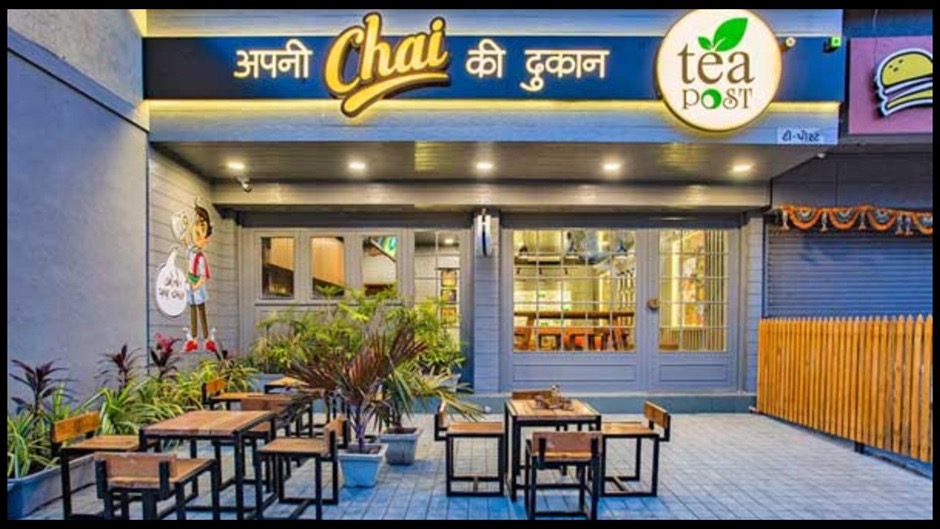
Economic Impact: Chai’s Contribution to Jobs, Startups, Exports
Gujarat chai industry has one of the strongest and growing economies. As per the current market report, in 2024 the tea industry in India was estimated to be USD 11.5 billion and its estimation will be USD 15 billion in 2033. Gujarat is one of the largest contributors-it houses both large-scale tea packers. One example is Wagh Bakri. It has a turnover of over Rs 2,000 crore and controls over 50% of the organized market in the state as well as rapidly expanding franchise chains.
Organized tea chains currently have thousands of employees working in direct retail positions, food processing and other allied activities. The job generators, urban franchising, e-commerce fulfillment and bulk supply to offices and educational institutions are the most common and are the first time jobs to both youth and returning professionals.
What’s Brewing: Future Trends in Gujarat’s Chai Market
Key trends are defining the next frontier of the chai market in Gujarat. The trend of premiumization will likely increase faster. With mass-market blends being replaced by the specialty teas. Responding to consumer demand of health benefits, immune-boosting, and low-sugar alternatives, companies are building up product lines with turmeric, ashwagandha, tulsi, and other functional herbals. According to IMARC, The market is growing steadily at a moderate pace. Over 9 years, it will add about USD 3.5 Billion, reflecting stable demand and expansion driven by lifestyle changes, premiumization, and international exports.
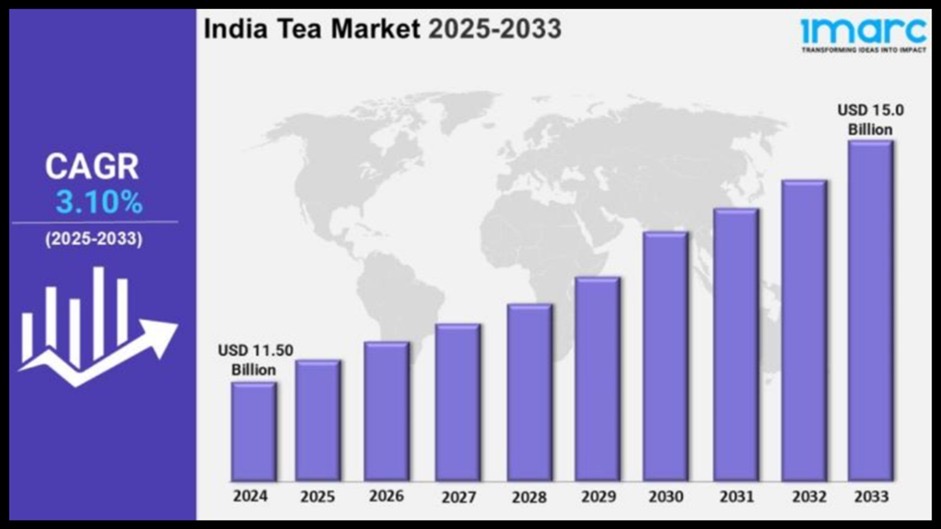
The evolving nature of chai lounges to themed urban spaces, hybrid cafes, and event spaces is being driven by technological changes such as the use of AI-based loyalty programs and no-contact delivery. As Gujarat moves towards sustainability in farming, packaging, and logistics, the chai brands will go global via the diaspora markets and alliances making chai a cultural and economic engine of growth in addition to a simple drink.
“Chai ni ek ek sip mā Gujarat nu jīvan, junoon aneudhyamshitā samāyel chhe.”
Final Brew
Every sip of chai in Gujarat tells a story—not just of taste, but of grit, hustle, and enterprise. From roadside kitlis to global brands, chaipreneurs are rewriting the business playbook. Want to explore more such journeys brewed in Gujarat? Tap into Gujpreneur and stay inspired with every story.


